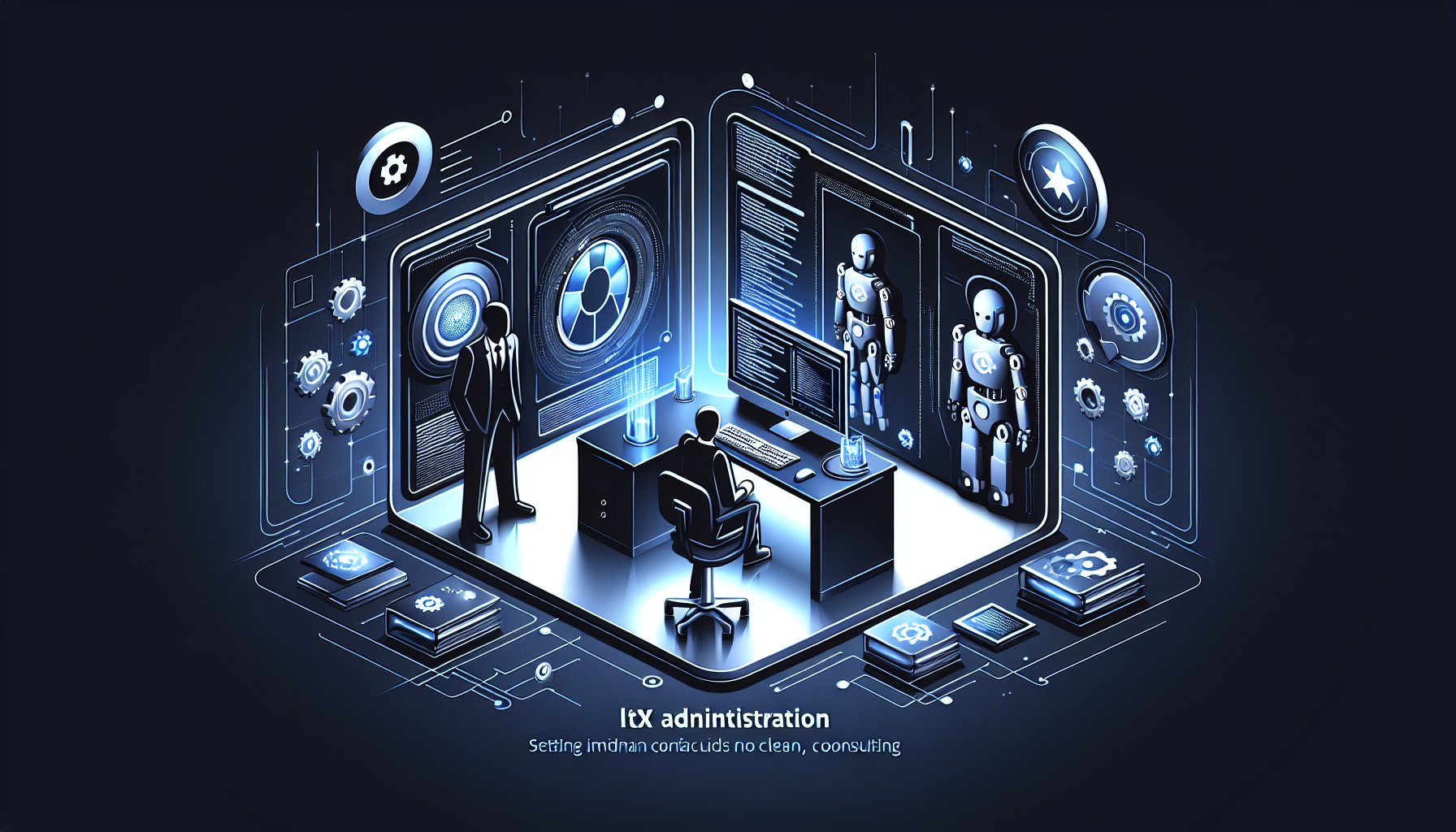Introduction
As we navigate the dynamic landscape of IT development in 2025, Linux remains a cornerstone in the realm of system administration. This blog post will equip you with the knowledge of the latest trends, tools, and practices to future-proof your infrastructure and stay ahead in the Linux game.
The Evolution of Linux Administration
The Linux ecosystem has consistently evolved and matured, embracing the shift towards automation, containerization, and security enhancements. Modern Linux administration is not just about managing servers—it’s about creating resilient, self-healing systems that can scale with your business needs.
Automation: The Heart of Modern Linux Administration
Automation is the backbone of scalable and efficient systems. Tools like Ansible, Puppet, and Chef have revolutionized configuration management, allowing administrators to automate tedious tasks, reduce human error, and ensure consistency across large-scale infrastructures.
# Ansible playbook example
---
- hosts: webservers
tasks:
- name: ensure apache is at the latest version
yum:
name: httpd
state: latest
Embracing Containerization
Containerization has become a fundamental concept in modern Linux administration. Docker and Kubernetes have redefined application deployment, making it easier to package, distribute, and orchestrate applications across a variety of environments.
# Dockerfile example
FROM ubuntu:latest
RUN apt-get update && apt-get install -y \
python3-pip
COPY . /app
WORKDIR /app
RUN pip3 install -r requirements.txt
ENTRYPOINT ["python3"]
CMD ["app.py"]
Security Hardening: A Non-negotiable Necessity
In the face of escalating cyber threats, security hardening has become a critical aspect of Linux administration. SELinux and AppArmor, along with firewall solutions like Firewalld and UFW, provide robust mechanisms to protect your systems and data.
Embracing the Cloud
The adoption of cloud technologies like AWS, Azure, and Google Cloud Platform offers a plethora of services and tools that support and enhance Linux administration, including managed databases, serverless computing, and AI-enabled monitoring solutions.
Conclusion
Modern Linux administration is about being proactive rather than reactive. By embracing automation, containerization, security hardening techniques, and the power of the cloud, you can build resilient, scalable, and secure IT infrastructures that meet the dynamic demands of the digital era. Stay informed, stay updated, and never stop learning—the future of Linux administration is as exciting as it is endless.
Key Takeaways
- Automation is crucial for scalable and efficient system administration.
- Containerization simplifies application deployment.
- Security hardening is essential to protect your systems and data.
- The cloud offers tools that enhance Linux administration.
